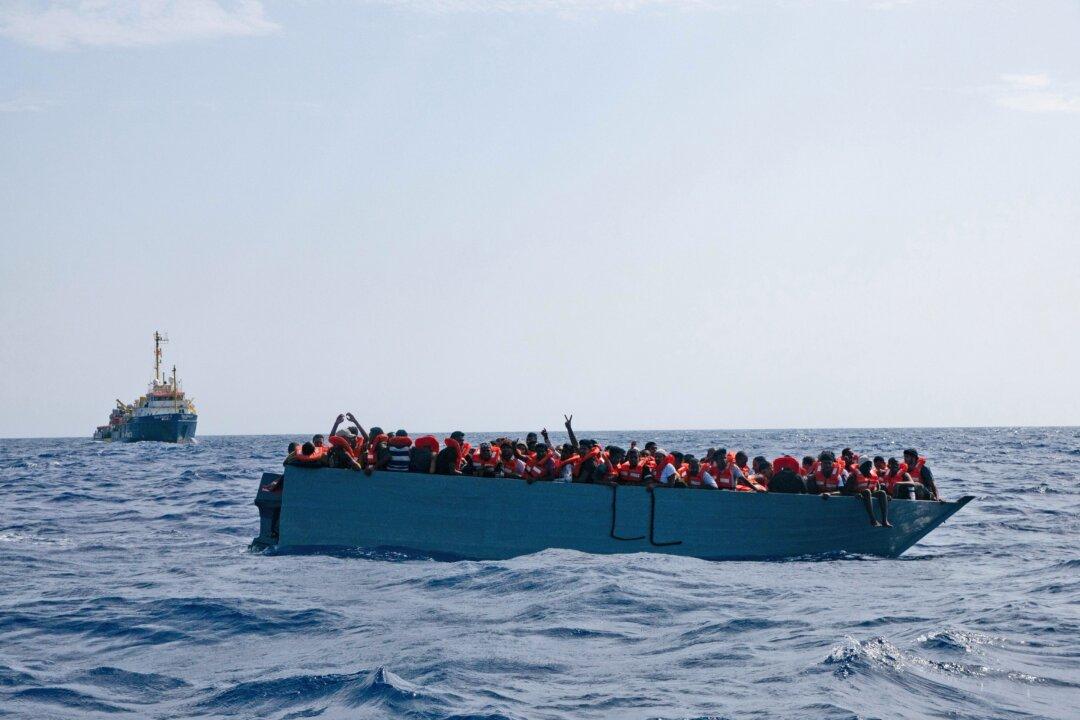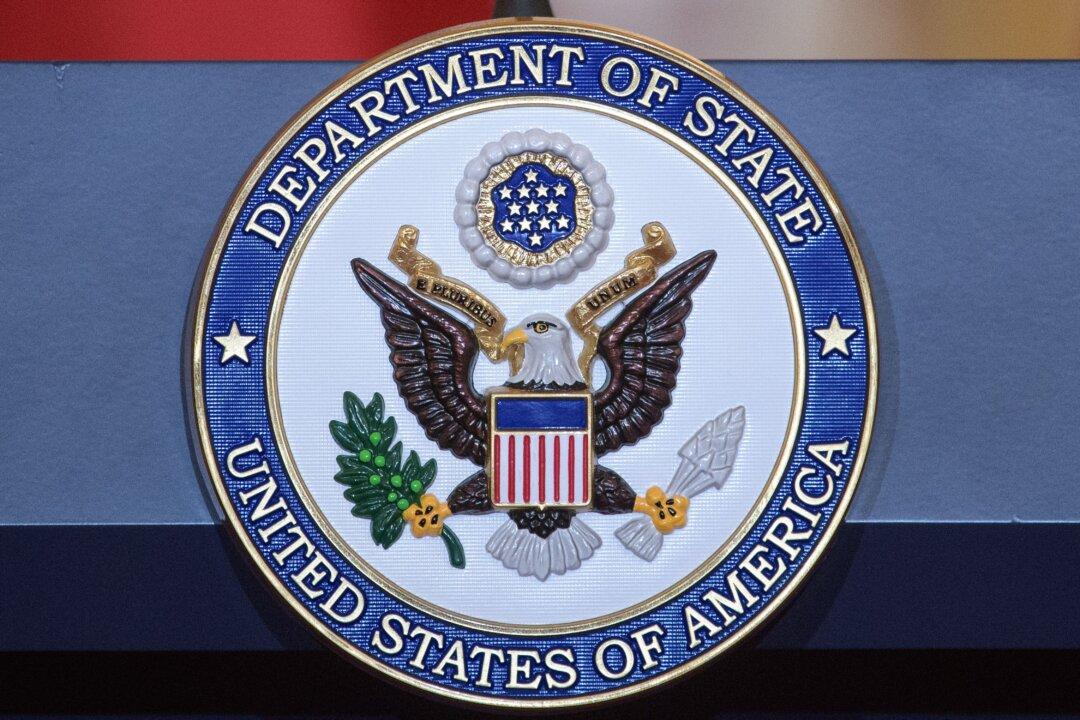After weighing the various costs and benefits of the lockdowns imposed on Australian people during the COVID-19 pandemic, two Australian researchers found that financial and human costs incurred due to lockdowns exceeded the benefits 30 to 35 times.
The world has still not acknowledged that the human costs of lockdowns are gargantuan relative to the benefits that they could possibly deliver, even in an island nation like Australia, said Gigi Foster, a professor at the University of New South Wales’ School of Economics in Australia.






